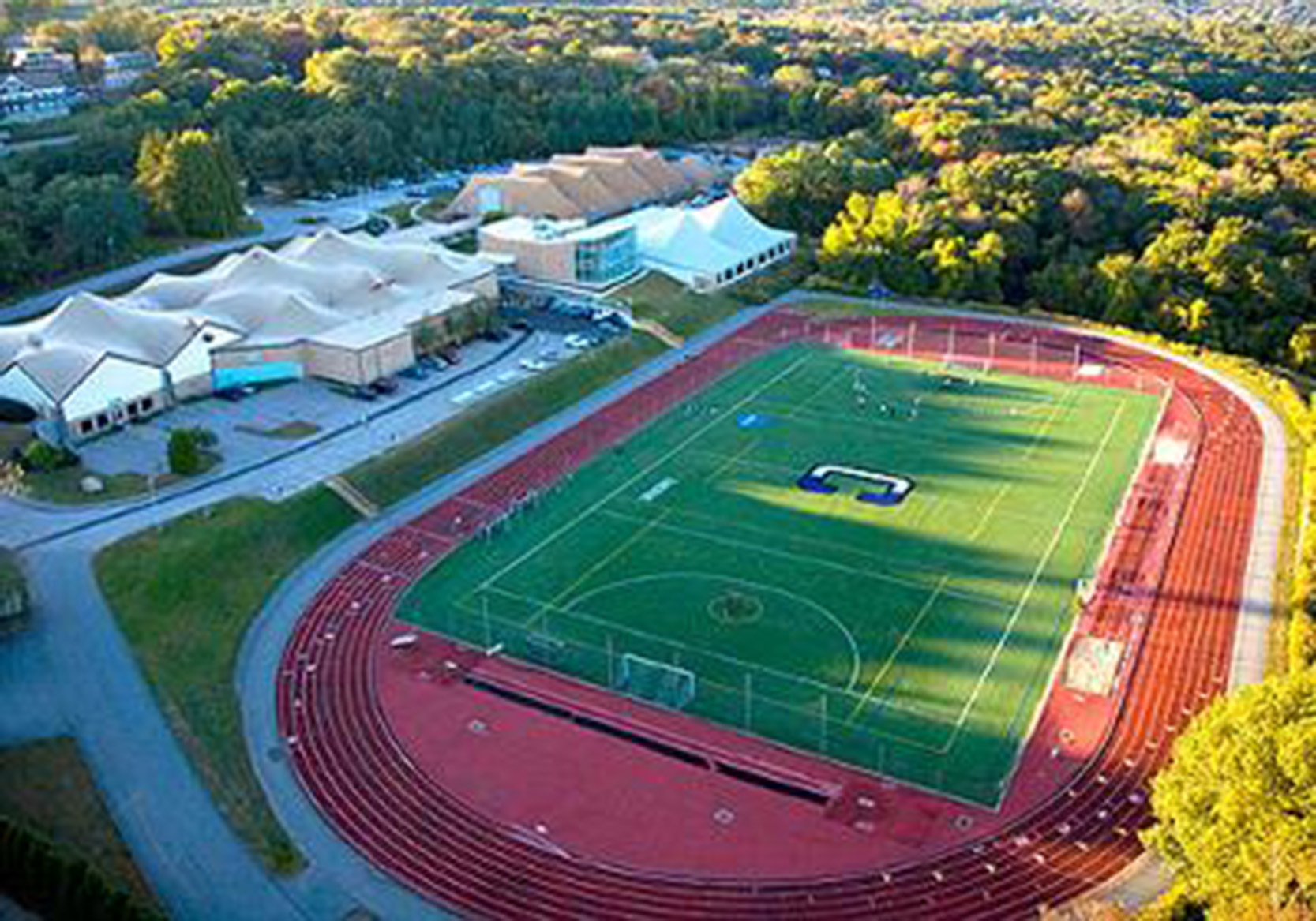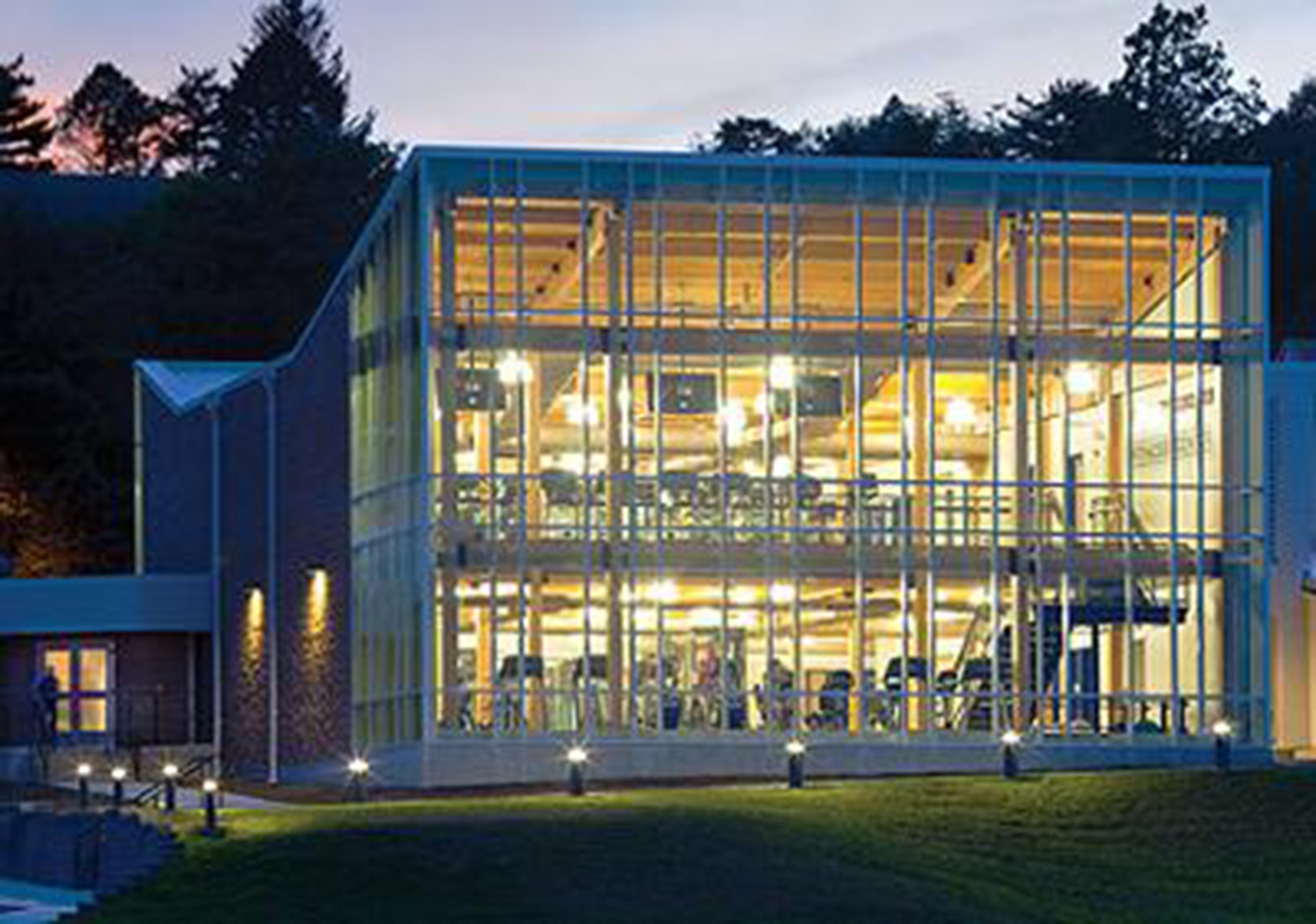What does it mean when the College’s athletic department receives $5 million dollars?
I think, like many of us who first heard the news that twenty million was being gifted, I quickly pictured the donation having immediate impact. A building, a program, a scholarship (this was immediately implemented in the form of the Hale Scholars Program), but something to quantify the growth of our school from this donation, to translate it into a result we could measure up in the NESCAC conference.
The $5 million dollar allocation to Connecticut College athletics is aimed to improve the College’s athletic facilities. Roughly a third of our school is affiliated with a varsity sport, and certainly an even larger portion of the campus community benefits from athletic facilities in general, so what will that actually look like?
Ask any athlete on campus and they’ll give you a laundry list of desires. The squash team courts that barely accommodate only a handful of spectators, the disconnected hockey locker rooms that require visiting teams to dress in the central complex, then walk over in their sneakers. Of all these, the absence of real spectator seating on the turf, which affects a range of sports, may figure most highly on student-athletes wish list.
It would be naive of us as students to expect an immediately quantifiable impact from this “largest gift in the College’s history.” Shields, who has overseen our athletics through a measurable increase in our standings in the NESCAC, stresses that this is a gradual process. With two fall sports teams making it to the NESCAC playoff tournaments just this past weekend, we are underdogs that do well for ourselves.
It would be naive of us as students to expect an immediately quantifiable impact from this “largest gift in the College’s history.” Fran Shields, who has overseen our athletics during a measurable increase in our standings in the NESCAC, stresses that this is a gradual process. With two fall sports teams making it to the NESCAC playoff tournaments just this past weekend, we are underdogs that do well for ourselves.
One contributing factor of the athletics conference is that it is expensive to be a competitive athletic school. Operating expenses, such as travel, lodging and officiating fees, can reach the triple digits throughout a team’s season. “To take a team up to Middlebury can cost up to six thousand dollars,” says Shields.
The weight of these operating expenses is shouldered on a business model in which everyone is a contributor. Coaches are tasked to be fundraisers. Parents and alumni, as well as being the biggest fans, are also the most significant supporters of our athletic programs. To clarify, these are cumulative expenses that don’t necessarily manifest permanently (such as new facilities) but are the fuel burned in order for our athletic programs to function.
This is a business model that isn’t exclusive to athletics, or to Connecticut College specically. Most departments on our campus have tight operating budgets that are often bolstered by government funding, specifically in the sciences. And even at older universities, departments are required to consistently press their claim to survival through fundraising or grants. A difference in our case, remarks Shields, is that our academic departments don’t get ranked in the same weekly competitive framework as our athletics do.
In 2009, Tufts spent $15 million on athletics renovations, while for $1 million Trinity installed a tournament class, eight-court tennis facility. In September of 2014, Bates added a squash court through a donation of $260,000 from alumni and parents. Williams, meanwhile, spent $22 million to overhaul its outdoor athletic fields to create a stadium lit facility allowing for year-round, four-season sports.
The point here is that 5 million dollars could mean a hundred different things for our athletics program. It could mean world-class tennis and squash courts, or, alternatively, it could sink into the operating budget to offset team fundraising objectives. It would be impossible to definitively predict the scale and impact 5 million dollars will have. It would also be rash to determine how and where to best use it without fully assessing where it would be most helpful.
Like we’ve already heard, the donation is of a kind we’ve never experienced, and similar to the other 15 million dollars, its use hasn’t yet been directly spoken for. Aside from a portion we can expect to be earmarked for the College’s lacrosse program, of which Rob Hale ’88 is an alum, how the rest of it will be spent is still up in the air.
Down at the AC, Shields hopes that the positive impact of the gift will be felt by the entire campus, rather than by athletes exclusively. Seeing that the money could really be spent any which way, I think we should also hope that a representative amount of student input will influence how the money gets used. In the realm of athletics, the best use of the Hale’s gift will be a project, or projects, that the student body feels invested in. Ideally, this is the type of dialogue student-athlete leaders will be encouraged to participate in so, that at the end of the day, the ascent of our emerging athletics program is one we can all have been a part of. •








